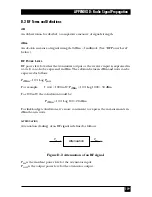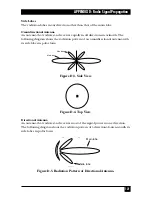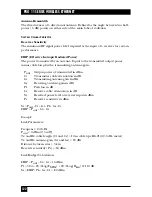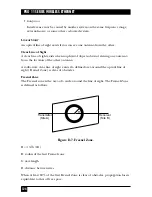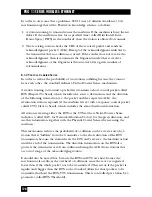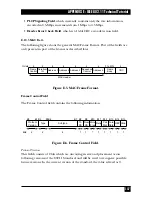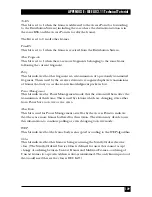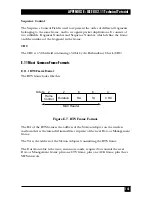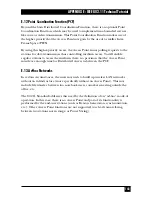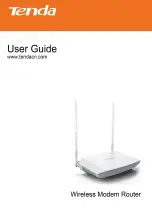
129
APPENDIX E: IEEE 802.11 Technical Tutorial
The following diagrams show an exchange between stations A and B, and the NAV
setting of their neighbors:
Figure E-2. Transaction Between Stations A and B.
The NAV State is combined with the physical carrier sense to indicate the busy
state of the medium.
E.3.3 MAC-L
EVEL
A
CKNOWLEDGMENTS
As mentioned earlier in this document, the MAC layer performs Collision
Detection by expecting the reception of an acknowledge to any transmitted
fragment. (Packets that have more than one destination, such as Multicasts, are not
acknowledged.)
E.3.4 F
RAGMENTATION AND
R
EASSEMBLY
Typical LAN protocols use packets several hundred bytes long (the longest
Ethernet packet could be up to 1518 bytes long).
There are several reasons why it is preferable to use smaller packets in a wireless
LAN environment:
• Because of the higher Bit Error Rate of a radio link, the probability of a
packet’s getting corrupted increases with the packet size.
• In case of packet corruption (due to either collision or noise), the smaller the
packet, the less overhead it causes to retransmit it.
• On a Frequency Hopping system, the medium is interrupted periodically for
hopping (in our case every 20 milliseconds), so, the smaller the packet, the
smaller the chance that the transmission will be postponed after dwell time.
Data
Defer Access
Backoff After Defer
NAV (RTS)
NAV (CTS)
RTS
Src
Dest
Other
Next MPDU
CTS
Ack
G3
G1
G1
G1
CW
G3
CW=Contention Window
G3 =DIFS
G1=SIFS
Summary of Contents for LW0050A
Page 2: ......





